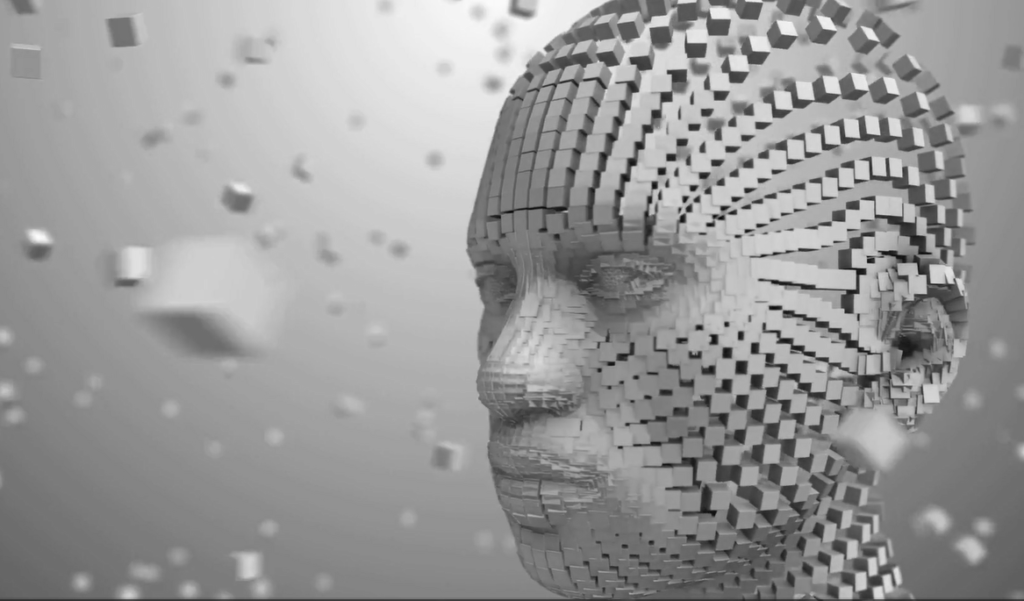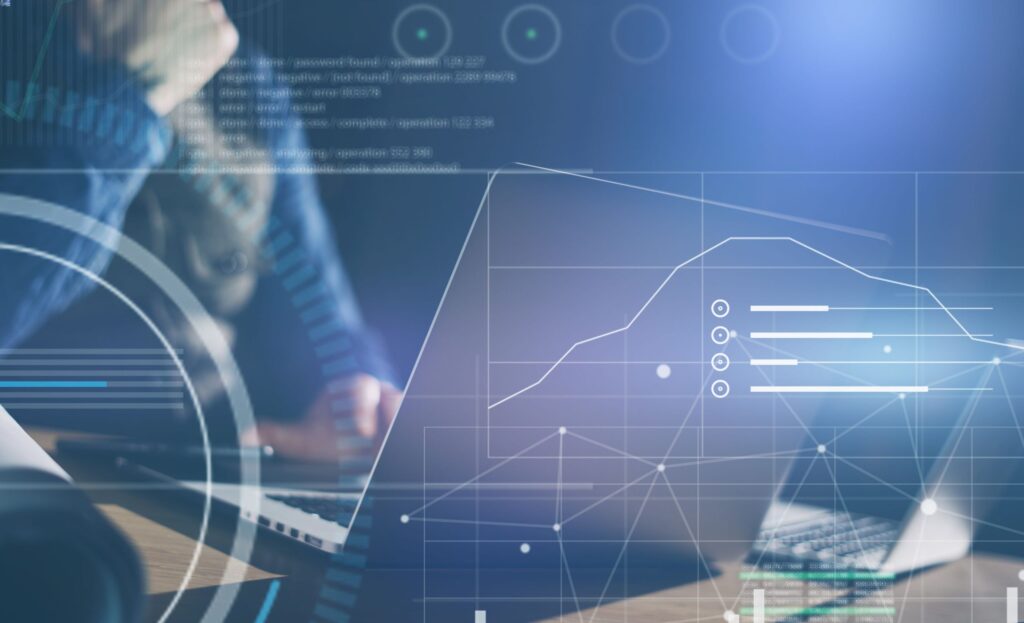The landscape of technological interfaces has been forever changed by the emergence of AI models like ChatGPT and Gemini, along with other modern counterparts.
As artificial intelligence systems continue to progress, there is a growing emphasis on the ability to access accurate and current information for generating responses. The concept of Retrieval-Augmented Generation (RAG) marks a significant milestone in the evolution of large language models (LLMs).
In this post, we delve into the intricacies of RAG, its impact on natural language processing, and why it is increasingly vital for the development of intelligent and reliable AI systems.
What is RAG in AI?
RAG, short for Retrieval-Augmented Generation, is a hybrid model that combines retrieval systems with generative models to produce responses. By enabling AI to retrieve external information and use it to craft context-specific and accurate responses, RAG models represent a significant improvement over traditional systems. This real-time knowledge base integration enhances the reliability of the generated responses.
In simple terms, RAG strengthens AI generation by incorporating a retrieval mechanism that bridges the gap between static model knowledge and dynamic real-world data.
Key Components of RAG Architecture
Let’s dissect the RAG architecture further:
Component Description
Encoder Converts input query into vector embeddings.
Retriever Matches query embeddings with document embeddings through similarity search.
Generator Synthesizes output by considering both the query and retrieved passages.
Knowledge Base Static or dynamic database (e.g., Wikipedia, PDF corpus, proprietary data).
This modular framework enables the RAG model to be versatile and adaptable across various domains without necessitating a complete retraining of the model.
Learn how to leverage RAG (Retrieval-Augmented Generation) to enhance Large Language Models, improve accuracy, mitigate hallucinations, and deliver more dependable AI-generated responses.
How Does the RAG Model Operate?
The Retrieval-Augmented Generation (RAG) model enhances traditional language generation by integrating external document retrieval. It undertakes two primary tasks:
Retriever: This component searches for pertinent documents or text segments from a vast knowledge base (such as Wikipedia or proprietary datasets) using embeddings and similarity scores.
Generator: Building on the retrieved documents, the generator (often a sequence-to-sequence model like BART or T5) crafts a response that merges the user’s query with the obtained context.
Detailed Steps of RAG Model Architecture
User Input / Query Encoding
A user submits a query (e.g., “What are the symptoms of diabetes?”).
The query is encoded into a dense vector representation utilizing a pre-trained encoder (like BERT or DPR).
Document Retrieval
The encoded query is fed to a retriever (typically a dense passage retriever).
The retriever scours an external knowledge base (e.g., Wikipedia, company docs) and returns the top-k relevant documents.
Retrieval hinges on the similarity of vector embeddings between the query and documents.
Contextual Fusion
The retrieved documents are amalgamated with the original query.
Each document-query pair is treated as an input for generation.
Text Generation
A sequence-to-sequence generator model (such as BART or T5) processes the query and each document to generate potential responses.
These responses are fused using:
Marginalization: Weighted averaging of outputs.
Ranking: Selecting the best output based on confidence scores.
Final Output
A single coherent and fact-based answer is produced, grounded in the retrieved context.
Why Use RAG in Large Language Models?
RAG LLMs offer several advantages over conventional generative AI models:
Factual Accuracy: RAG anchors its responses in external data, reducing AI-generated inaccuracies.
Up-to-Date Responses: It can access real-time knowledge, unlike traditional LLMs constrained by pre-training limits.
Domain Adaptability: Easily customizable to specific industries by adjusting the underlying knowledge base.
These advantages position RAG LLM frameworks ideally for enterprise applications, technical customer support, and research tools.
Explore the premier Open-Source LLMs reshaping the landscape of AI development.
Applications of RAG in Real-World AI
RAG has found applications in various impactful AI use cases:
Advanced Chatbots and Virtual Assistants: By retrieving real-time relevant information, RAG empowers conversational agents to furnish accurate, context-rich responses, particularly in sectors like healthcare, finance, and legal services.
Enterprise Knowledge Retrieval: Organizations leverage RAG-based models to link internal document repositories with conversational interfaces, facilitating knowledge accessibility across teams.
Automated Research Assistants: In academia and research, RAG models aid in summarizing research papers, addressing technical queries, and formulating new hypotheses based on existing literature.
SEO and Content Creation: Content teams utilize RAG to generate factually grounded blog posts, product descriptions, and responses sourced from reliable origins, ideal for AI-driven content strategies.
Challenges of Implementing the RAG Model
Despite its merits, RAG comes with certain challenges:
Retriever Precision: Inaccurate document retrieval may lead to off-topic or erroneous responses from the generator.
Computational Complexity: The addition of a retrieval step escalates inference time and resource consumption.
Knowledge Base Maintenance: The quality and currency of responses heavily rely on the caliber of the knowledge base.
Dive into the Transformer Architecture fueling modern NLP models like BERT and GPT.
Future of Retrieval-Augmented Generation
The evolution of RAG architecture is poised to involve:
Real-Time Web Retrieval: Future iterations of RAG models may tap into live internet data for even more current responses.
Multimodal Retrieval: Integrating text, images, and video to produce richer, more informative outputs.
Smarter Retrievers: Leveraging enhanced dense vector search and transformer-based retrievers to augment relevance and efficiency.
In Conclusion
Retrieval-Augmented Generation (RAG) is reshaping the interaction between AI models and knowledge. By merging potent generation capabilities with real-time data retrieval, the RAG model addresses key limitations of standalone language models.
As large language models take center stage in applications like customer support bots, research assistants, and AI-driven search engines, comprehending the RAG LLM architecture becomes imperative for developers, data scientists, and AI enthusiasts.
Frequently Asked Questions
Q1. What does RAG stand for in machine learning?
RAG stands for Retrieval-Augmented Generation, denoting a model architecture that combines document retrieval with text generation to enhance the factual accuracy of AI responses.
Q2. How does the RAG model differ from traditional LLMs?
Unlike traditional LLMs reliant on training data alone, the RAG model incorporates real-time external content retrieval to generate more precise, current, and grounded responses.
What are the components of RAG architecture?
RAG architecture encompasses an encoder, retriever, generator, and a knowledge base. The retriever retrieves relevant documents, and the generator utilizes them to generate context-aware outputs.
Q4. Where is RAG utilized in real-world applications?
RAG finds application in AI chatbots, enterprise knowledge management, academic research assistants, and content generation tools to deliver accurate and domain-specific responses.
Q5. Can RAG models be tailored for specific domains?
Yes, RAG models can be customized for specific industries by updating the knowledge base and adjusting the retriever to align with domain-specific terminology.



